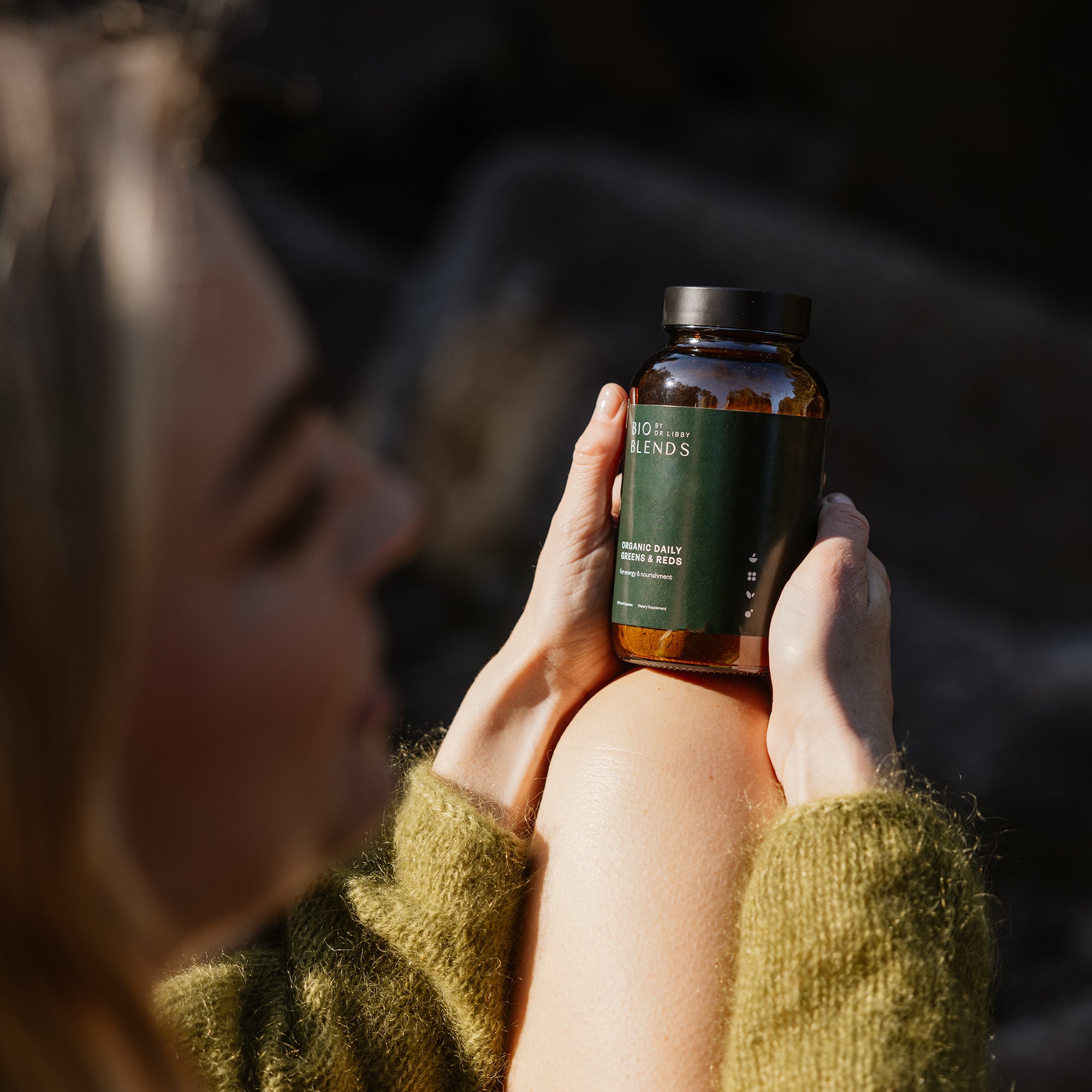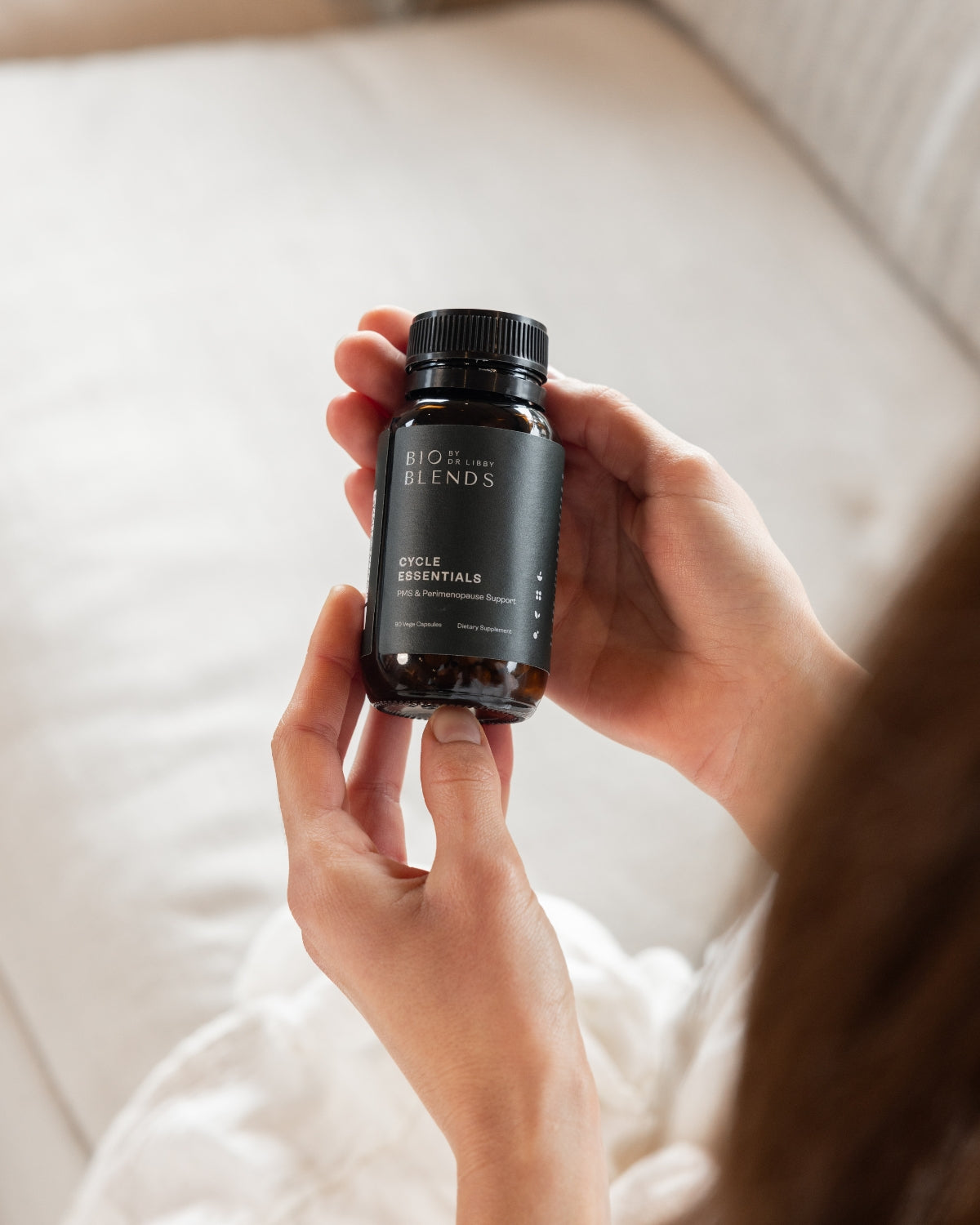
Winter wellness trends: what actually works?
By Dr Libby
From ice baths to infrared saunas and endless ginger shots, winter wellness trends are everywhere right now. And while some of these rituals can offer genuine benefits, it’s easy to get swept up in what’s popular rather than what your body truly needs.
After more than two decades of clinical practice, I can tell you this: true wellness isn’t built on trends. It’s built on foundations. Let’s unpack some of the most talked-about winter wellness practices – and why the basics still matter most.
The rise of the cold plunge, sauna and shot culture
Winter is the perfect backdrop for bold health rituals. Cold plunges, contrast therapy and sauna sessions are everywhere – promising better circulation, reduced inflammation and increased resilience. And there’s certainly merit to some of these practices – for some people. There’s no one size fits all.
Cold water therapy can help reduce inflammation and train the nervous system to respond to stress more efficiently – but not everyone will respond to it this way. Notice how you feel. Infrared saunas may support detoxification and relaxation, along with encouraging the body to amp up perspiration. Turmeric, ginger and lemon shots are packed with antioxidants and anti-inflammatory compounds.
But here’s the thing: if your body is depleted – running low on key nutrients, missing deep rest, and relying on ultra-processed foods – these extras are just that. Extras. They can’t do the heavy lifting your cells require daily. And in the case of cold water therapy, in particular, it can be too much for a nervous system that’s already overstretched. If your stress response is already on high alert, sudden cold exposure may act as yet another stressor – not the reset or beneficial “eustress” it’s intended to be. The benefits of cold plunges can come when your system has the capacity to adapt, not when it’s running on empty.
What your body is actually asking for
So many people feel like they’re doing all the “right” things… but still feel tired, foggy, anxious or prone to getting sick. When I hear that, I’m curious: how’s your sleep? Your gut? Your mineral levels? Because that’s where the real work happens.
Here’s what actually builds resilience through winter:
1. Nourish your gut to support immunity
Roughly 75% of your immune system lives in your gut. And the state of your digestive system can affect everything from your mood to how well you’re producing compounds that impact your susceptibility to illness. Winter is a time to feed your gut the fibre, polyphenols, prebiotics and wholefood nutrients it needs to thrive.
Try this: Include fermented foods like sauerkraut and kefir, eat a variety of vegetables (aim for seven serves each day) and support your gut with wholefood-based supplements like Bio Blends’ Organic Daily Greens & Reds powder. – just one teaspoon, once a day.
2. Don’t underestimate the power of sleep
Sleep is where your body repairs and regenerates. Yet it’s often the first thing sacrificed when life gets busy or stressful. In winter especially your body craves a slower rhythm – and will thank you for listening.
Try this: Aim for 7–9 hours of quality sleep. Avoid caffeine after 12pm, dim the lights in the evening, avoid backlit screens at least an hour before bed and create a wind-down ritual that signals rest to your body.
3. Support your immune system with key nutrients
Certain nutrients are particularly important during colder months – and when you’re under emotional or physical stress, your stores can deplete faster than you realise. Zinc is vital for immune resilience, wound healing, hormonal balance and mood regulation. It’s easily depleted by stress and alcohol, and tends to be low in those who rely on ultraprocessed foods and plant-based diets. Vitamin C supports white blood cell production and collagen for tissue repair and needs to be consumed daily as it’s not stored in the body. Vitamin D helps regulate the immune response and is extra crucial when sunlight exposure drops.
Try this: Look to food-sourced options like Organic Zinc, which is gentle, bioavailable and ideal for daily use.
4. Move restoratively, not punishingly
Your body isn’t asking you to punish it through winter (it’s never asking for this!). It’s asking for care. Movement supports circulation, lymph flow and mood, but it doesn’t need to be extreme.
Try this: Go for a walk in the morning light to move your body while getting some sunlight on your skin to make vitamin D. Do yoga, dance around your living room, or stretch in your PJs. Just keep moving in ways that feel good. Spend less time sitting.
5. Return to real food, made simply
The most powerful tool for wellbeing still lives on your plate. Whole, unprocessed foods support every single system in your body. You don’t need a superfood smoothie made from 17 ingredients you can’t pronounce. You need soup. Roast vegetables. Stews. Casseroles. Cooked greens. Bone broth. Lemon in warm water.
Try this: Prioritise warm, seasonal meals. Add warming herbs and spices like ginger, garlic and turmeric. Choose foods that feel nourishing – not draining.
So, what actually works this winter?
Trendy wellness habits can absolutely be part of your routine if you enjoy them and if they energise you. But don’t let them distract you from the basics. Because true wellness isn’t created in a cold plunge. It’s built day by day – through sleep, wholefoods, emotional rest and nutrient replenishment.
If your body is still feeling flat, low or overwhelmed, take that as a message not a malfunction. Come back to the simple things that create strength from the inside out. And remember: you don’t need to do everything at once. Start with what feels supportive. Stay consistent. That’s where the transformation lives.




